
| Recorded by: Mark Basinger on 2025-09-02
Rowan Co.
Comment: | 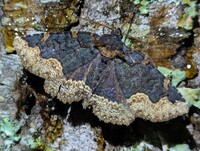
| Recorded by: Melody McMichael on 2025-06-26
Forsyth Co.
Comment: |
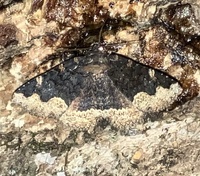
| Recorded by: Ken Kneidel on 2025-06-16
Mecklenburg Co.
Comment: | 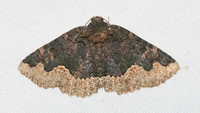
| Recorded by: Emily Stanley on 2025-05-16
Buncombe Co.
Comment: |

| Recorded by: Jim Petranka on 2025-05-03
Madison Co.
Comment: | 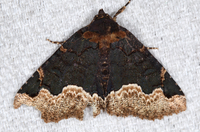
| Recorded by: Jim Petranka on 2025-04-23
Madison Co.
Comment: |

| Recorded by: David George on 2024-07-04
Chatham Co.
Comment: | 
| Recorded by: K. Bischof on 2024-05-08
Transylvania Co.
Comment: |

| Recorded by: David George, Jeff Niznik on 2024-04-29
Chatham Co.
Comment: | 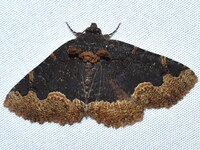
| Recorded by: Jeff Niznik, David George on 2024-04-10
Durham Co.
Comment: |
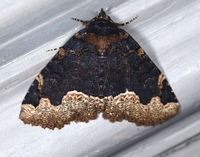
| Recorded by: Jim Petranka on 2024-04-08
Madison Co.
Comment: | 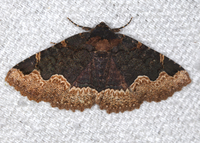
| Recorded by: Jim Petranka on 2024-04-01
Madison Co.
Comment: |

| Recorded by: Emily Stanley on 2024-03-05
Buncombe Co.
Comment: | 
| Recorded by: Jim Petranka on 2023-04-29
Madison Co.
Comment: |
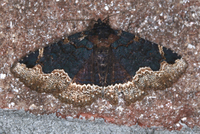
| Recorded by: Jim Petranka on 2023-04-20
Madison Co.
Comment: | 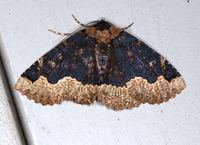
| Recorded by: Jim Petranka on 2023-04-13
Madison Co.
Comment: |

| Recorded by: Vin Stanton on 2023-04-04
Buncombe Co.
Comment: | 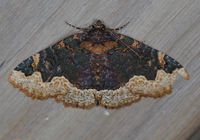
| Recorded by: Jim Petranka on 2023-04-04
Madison Co.
Comment: |

| Recorded by: Chuk smith on 2023-04-01
Davidson Co.
Comment: | 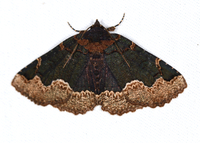
| Recorded by: Jim Petranka on 2023-03-26
Madison Co.
Comment: |
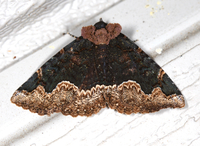
| Recorded by: Jim Petranka on 2023-03-24
Madison Co.
Comment: | 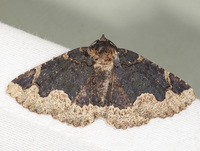
| Recorded by: John Petranka on 2022-07-24
Orange Co.
Comment: |

| Recorded by: Jim Petranka on 2022-05-17
Madison Co.
Comment: | 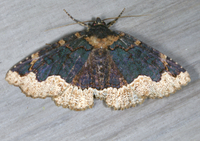
| Recorded by: Jim Petranka on 2022-05-09
Madison Co.
Comment: |
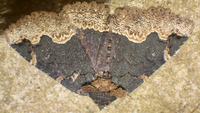
| Recorded by: tom ward on 2022-05-05
Buncombe Co.
Comment: | 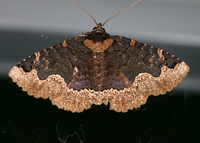
| Recorded by: Jim Petranka on 2022-04-21
Madison Co.
Comment: |
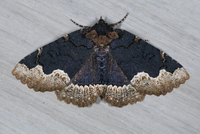
| Recorded by: Jim Petranka on 2022-04-11
Madison Co.
Comment: | 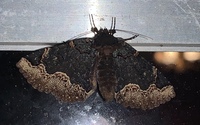
| Recorded by: Alicia Jackson on 2022-03-31
Moore Co.
Comment: |
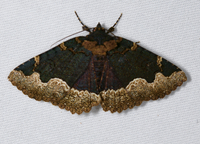
| Recorded by: Jim Petranka on 2022-03-30
Madison Co.
Comment: | 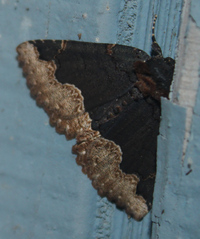
| Recorded by: Vin Stanton on 2022-03-22
Buncombe Co.
Comment: |
|

 »
»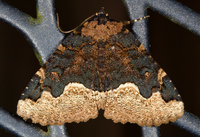
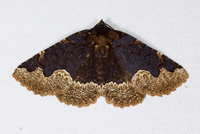

 »
»
